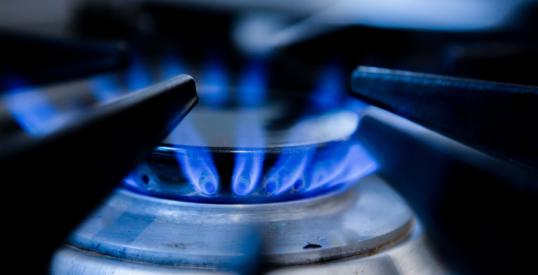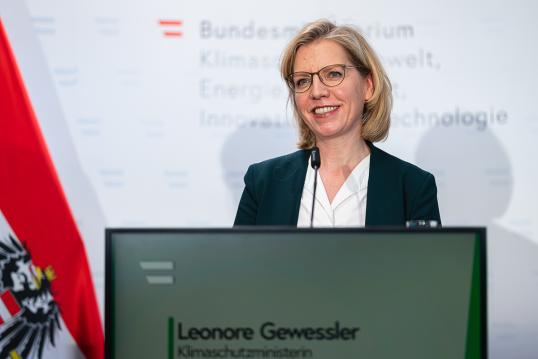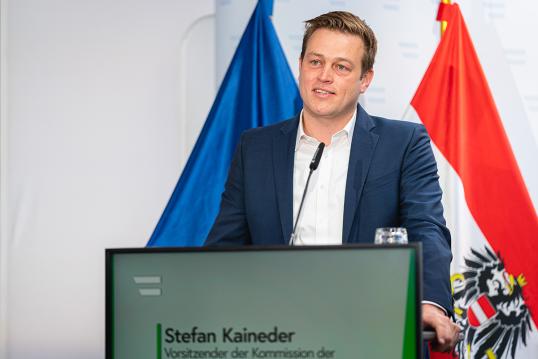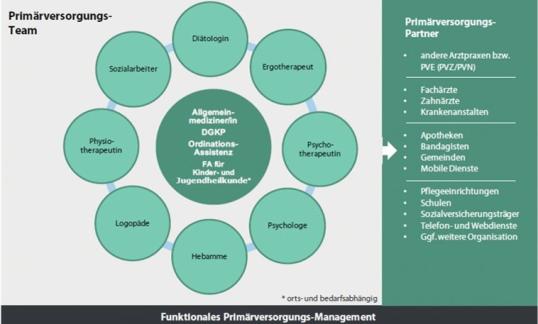Disclaimer: This page exclusively serves information purposes and is not an exhaustive database of projects funded by the Recovery and Resilience Facility. Notably, the map provides a snapshot of projects based on the current status of their implementation. It does not reflect the distribution of the projects funded by the Recovery and Resilience Facility across the different areas within Austria. The map will be regularly updated to include additional projects and information. The showcase of the projects in this page is without prejudice to any future assessment by the Commission in the context of the verification of the satisfactory fulfilment of milestones and targets pursuant to Regulation (EU) 2021/241 of the European Parliament and of the Council establishing the Recovery and Resilience Facility.
The measure references mentioned below are those contained in the Annex to the Council Implementing Decision approving the Austrian Recovery and Resilience Plan and allow for easy identification of the measures
For more info on the projects, please contact the Commission’s representation: Sabine Berger Sabine [dot] BERGER ec [dot] europa [dot] eu (Sabine[dot]BERGER[at]ec[dot]europa[dot]eu)
ec [dot] europa [dot] eu (Sabine[dot]BERGER[at]ec[dot]europa[dot]eu)
Exchange of oil and gas heating systems
(reference 1.A.2 in the Austrian Recovery and Resilience Plan)
Combating energy poverty
(reference 1.A.3 in the Austrian Recovery and Resilience Plan)
The investment consists of a support scheme for households to replace fossil-fuelled heating systems by renewable heating technology. such as biomass-based heaters, heat pumps or connectors to district heating. The ultimate goal is to reduce heating-related energy consumption, greenhouse gas emissions and air pollution. It is financed by both Austria’s state budget and the Recovery and Resilience Facility (EUR 159 million). Since its launch, the “Exit-from-oil-&-gas” support scheme has been very popular, with more than 34.000 projects benefiting from (as of September 2022). To further speed up the transition away from gas heating, in 2022 the Austrian Climate Ministry increased the maximum grant per household from 5000 EUR to 7500 EUR, per project. The investment measure shall be completed by mid-2026.
For low-income households prone to energy poverty, an integrated support scheme provides tailored support and funding of up to 100% of total renovation costs of family houses, comprising thermal insulation of walls and roof, replacement of windows and heaters as well as planning support. It is fully financed by the Recovery and Resilience Facility (EUR 50 million) and shall be completed by the end of 2025.
More information and press releases can be found on the webpage of the Federal Chancellery at the following links:
- https://www.bundeskanzleramt.gv.at/eu-aufbauplan/projekte/raus-aus-oel-und-gas-foerderung-des-austauschs-von-oel-und-gasheizungen.html
- https://kesseltausch.at

Repair bonus - Promotion the repairing of electrical and electronic equipment
(reference 1.C.5 in the Austrian Recovery and Resilience Plan)
This investment aims to give broken electronic devices a ‘second chance’, thus increasing the number of refurbished and repaired electrical and electronic equipment, in line with circular economy objectives. The support program ‘repair bonus’ provides funding for households in the form of vouchers that cover 50% of the costs for repairing or renewing electoral and electronic equipment. The repair bonus was officially launched at a joint press conference in April 2022. Since then, it has been highly demanded by households. It can be redeemed in a large network of participating repair workshops across the whole country. Till August 2026, at least 400.000 devices will be repaired or renewed thanks to this investment.
More information and press releases can be found here


Widespread access to broadband internet connections
(reference 2.A.2 in the Austrian Recovery and Resilience Plan)
The “Broadband Austria 2030” is the largest single investment in Austria’s Recovery and Resilience Plan. EUR 891 million will be spent on widespread availability of very high-capacity broadband networks, of up to a Gigabit per second, to benefit, among the others, public institutions and enterprises placed in rural regions and areas with unique socio-economic drivers. In order to further strengthen digitalisation and industrial competitiveness, on 12 September 2022 recently appointed State Secretary for Digitalisation Florian Tursky announced the expansion of broadband funding. Progress is steadily being made towards the final target of providing at least 50% of all households with broadband access by Q3 2026.
More information and press releases can be found on the webpage of the Federal Chancellery here.
New primary health care centres
(reference 4.A.2 in the Austrian RRP)
The objectives of the measure are to expand multi-professionals' primary health care units in Austria and to ensure easy decentralized access to services for the population, especially in rural areas. The investment consists of two major funding parts (in total EUR 100 million funded by the Recovery and Resilience Facility): firstly, to invest in at least 60 new primary care units (Primärversorgungseinrichtungen/PVE) compared to January 2021 and secondly to finance different projects in existing primary health care settings with a focus on environmental and social sustainability, digital and spatial infrastructure and training opportunities. Targeted measures will be developed and implemented together with relevant stakeholders, such as the municipal association. When setting up new primary health care units (either in the form of centres or networks), environmental aspects shall also be considered. The implementation shall be completed by August 2026..
More information and press releases can be found on the webpage of the Ministry of social affairs here


